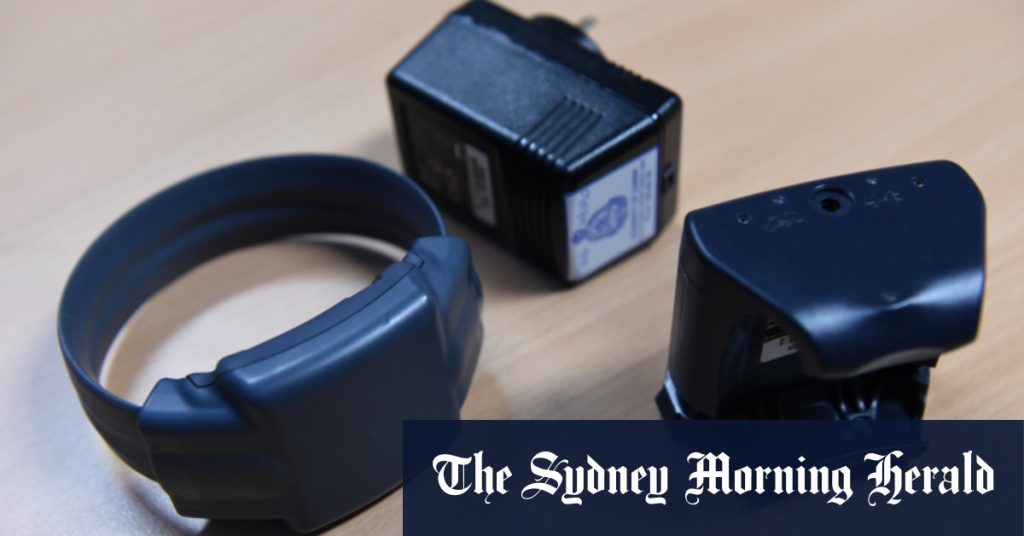Adolescent brains are not fully developed until the early 20s, leading to challenges in understanding the consequences of their decisions. This can result in non-compliance with strict curfew conditions and subsequent incarceration. Research from the George Washington Law School suggests that young offenders who have never been detained may cycle in and out of juvenile detention due to technical violations of bail conditions. The focus on electronic monitoring as an alternative program for youth offenders has been deemed potentially harmful, as it may create more harm than good by not addressing the root causes of youth crime.
In response to community concerns about young re-offenders, the Victorian government reached consensus on a plan to fit youth offenders on parole with ankle bracelets. This measure is intended to send a clear message that criminal behavior will not be tolerated in the state, and bail compliance should be taken extremely seriously. Acting Attorney-General Enver Erdogan emphasized the importance of revoking bail for those who continue to abuse their conditions or commit further crimes. However, the legislation for this plan failed to pass parliament before the state election and was quietly dropped after Labor was re-elected, leaving details about the youth trial scant until it is introduced later this year.
Victoria does not have a state-run electronic monitoring scheme for people on bail, but Corrections Victoria oversees a program for monitoring adult offenders on parole or under supervision orders. While some accused individuals can pay private companies for ankle monitoring to improve their chances of bail, this practice is viewed critically by some judges and magistrates who consider the devices unreliable and burdensome for law enforcement. The upcoming youth trial is expected to align with the state-run adult parole system rather than the privatized bail model, with a focus on intensive bail supervision and pathways to education and employment programs.
The concept of ankle monitoring as an alternative to prisons gained popularity in the US in the 1980s, inspired by a Spider-Man comic strip featuring an electronic tracking device. In Victoria, around 400 adults are currently subject to electronic monitoring, although the exact figure is not publicly disclosed. Ankle bracelets collect location data points transmitted to a central system through mobile networks, with limited anti-tampering systems that have not deterred offenders from escaping. High-profile cases of alleged criminals cutting off their ankle monitors and attempting to flee, such as Mostafa Baluch and Xu Lin, have highlighted the limitations of electronic monitoring in preventing re-offending.
The trial for fitting youth offenders with ankle bracelets aims to provide authorities with an additional option when setting bail conditions, particularly for those at risk of re-offending. Despite concerns about the effectiveness and potential drawbacks of electronic monitoring, the government sees this measure as a necessary tool in ensuring compliance with bail conditions and deterring further criminal behavior. As the bill for the youth trial is expected to be introduced in parliament, more details about the program and its objectives will likely emerge, shedding light on the state’s approach to addressing youth crime through technological solutions.


